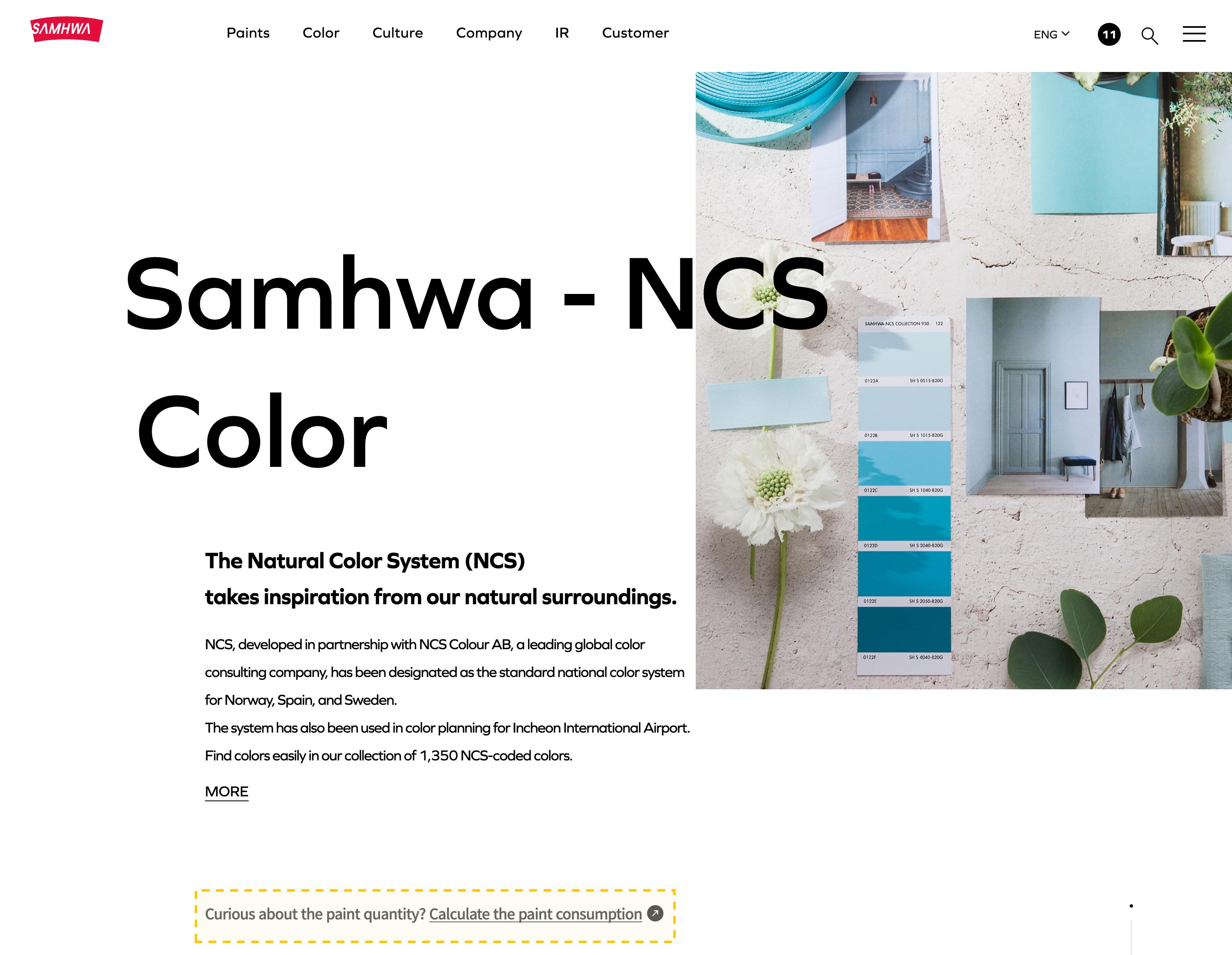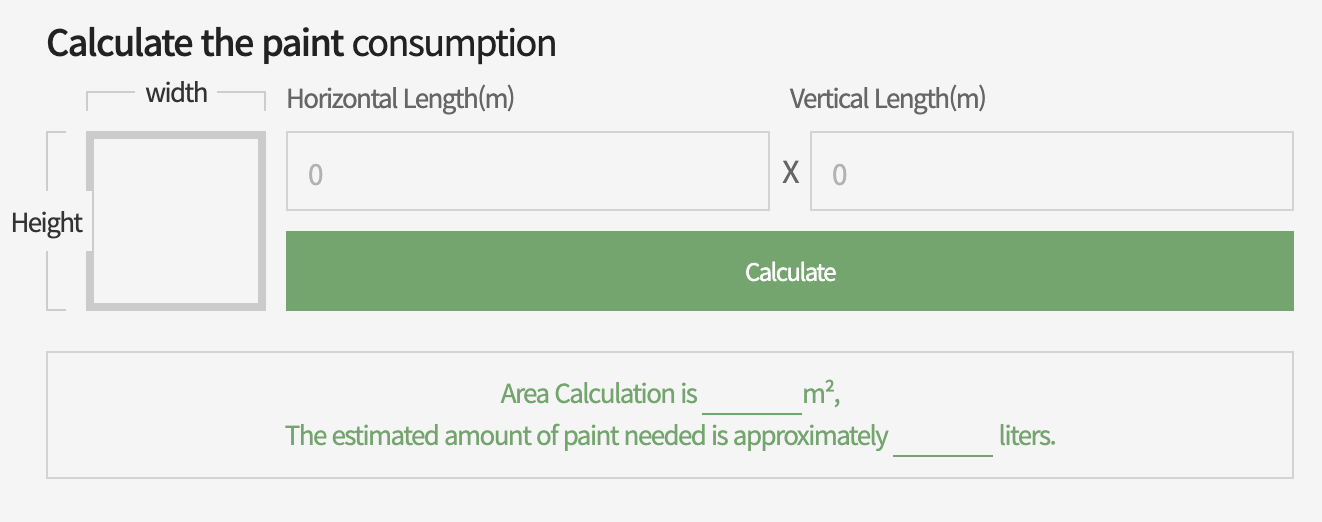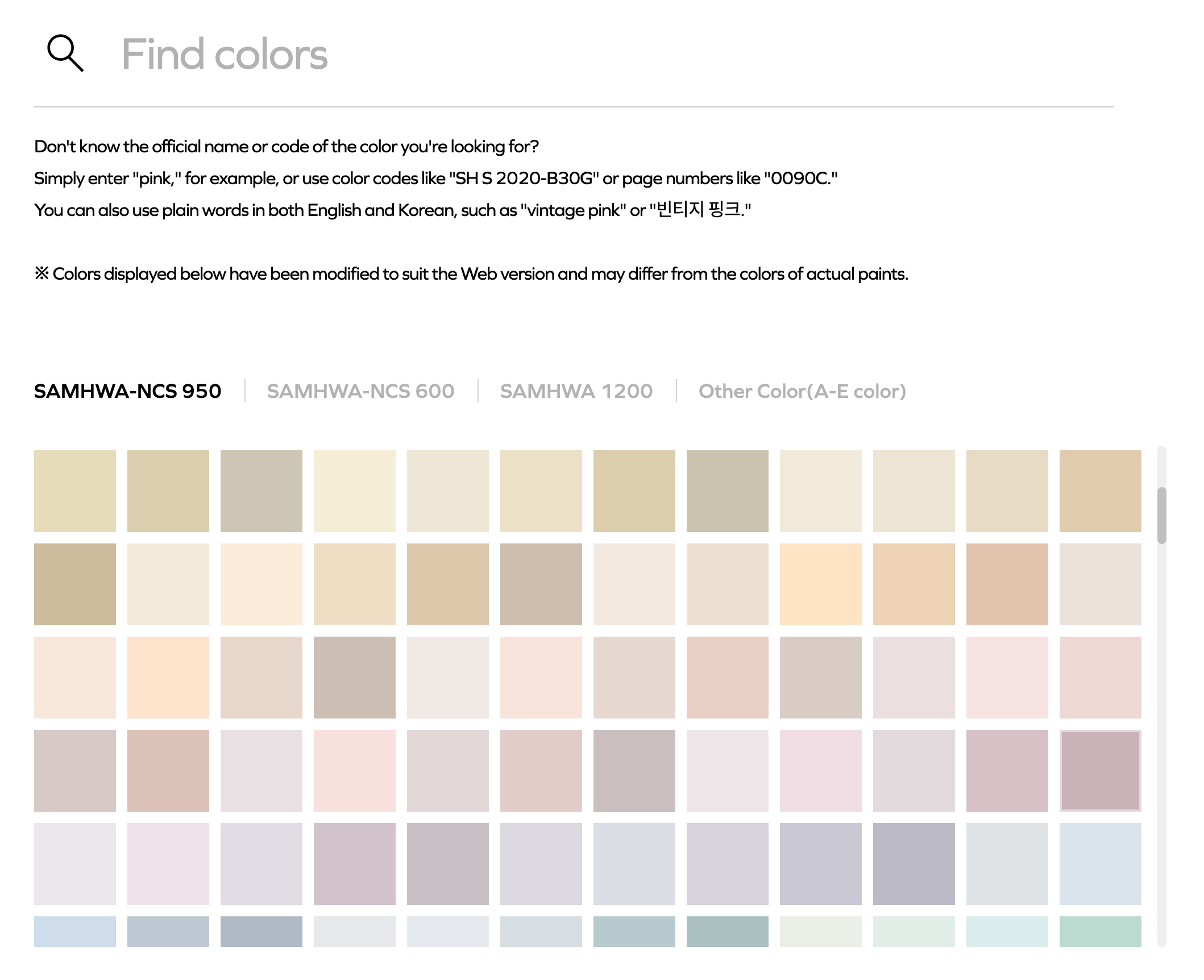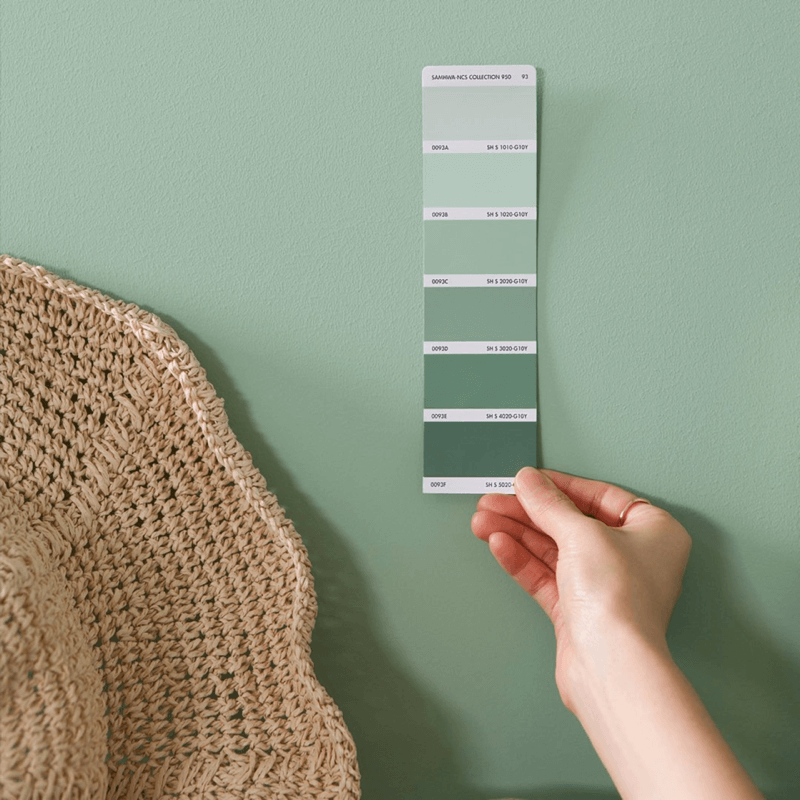This website uses cookies so that we can provide you with the best user experience possible. Cookie information is stored in your browser and performs functions such as recognising you when you return to our website and helping our team to understand which sections of the website you find most interesting and useful.
- Suggested keywords
- #Aisaengkag # FLAMECHECK # EPOCOAT
- PRODUCT14 Types
- Home
- Paints
- Painting Guide
- Interior decor tips
Choosing the right amount and color
After spending weeks or even months thinking about how you might give your studio apartment a new look, you’ve finally made up your mind and decided to paint its walls. You’ve even bought all the necessary tools. You’re more than excited to start. But you’ve suddenly hit a roadblock—how much paint should you buy? How do you decide how much is enough?
Here are some easy ways to calculate.

Determining how much paint to use is often the first hurdle many novice painters must go over before they start a painting job. It’s okay to have a little left over, but what if you don’t have enough? The exact amount of paint you’ll end up using will vary depending on the surface condition, how thick you apply each coat, and the conditions in which you paint, but here’s an easy guide for you: The smallest can of paint you can purchase from a retailer is probably a one-liter can. That amount of paint is enough for two coats for 1 ½ to two standard-sized room doors on both sides.

Alternatively, a single liter of paint can paint six square meters of surface area twice. Don’t know how big that is? This is about the size of each wall of a smaller bedroom in a typical apartment. In most Korean apartments, the height of the rooms is about two meters. So, with a single liter of paint, you can paint an entire three-meter-wide wall twice.
You can also go to the Samhwa Paints website and use its calculator tool to estimate how much paint you need. Simply enter the width and height of the surface you want to paint, and the tool will instantly tell you how much paint you should purchase. You can always visit your local paint shop and ask for expert help there as well.
Link to the paint calculator (click)

Now you’ve got an idea of how much paint to get for your entire studio! You may buy a little more than you need, but there’s no reason for you to throw the little bit that’s left over. Keep it in a safe place and use it later to paint a small piece of furniture or touch up the walls you painted. If you keep the leftover paint in the right condition, you can use it later without any problem!
What color should you choose?

Use the link above to find the colors you want. The web tool allows you to compare similar colors and find matching or complementing colors.
Check out the tips on interior colors below as well to help you make your decision.
Step 1. Choose the main or base color to be applied throughout your home.
Colors commonly used in “modern” interior concepts can come across a little too dark or cold at times. You need warmer and brighter base colors to dilute this effect.
Step 2. Choose point colors for different spaces.
You may have chosen to go ahead with a warm, sophisticated color throughout your home, but you should still choose different colors for each room or space that speak to the character and needs of the main user of that space. Make sure you choose a coherent scheme of “point” colors to give your home a consistent mood.
Step 3. Check for balance and don’t forget little nooks and corners.
Make sure that all the colors you’ve chosen serve the main theme you have chosen—warm sophistication—for your entire home. Also, little nooks and corners are great canvases for chalkboard or magnetic board paint for wit and functionality.
Read the next content
-
 Painting in the winter: From the best time to paint to storage
If you're concerned about painting in cold weather, Samhwa Paint will provide a cool answer for you.
Painting in the winter: From the best time to paint to storage
If you're concerned about painting in cold weather, Samhwa Paint will provide a cool answer for you.
-
 How to Use Epocoat Lining
Tutorial Video for Samwha paints' Epocoat Liing
How to Use Epocoat Lining
Tutorial Video for Samwha paints' Epocoat Liing
-
 Caring for leftover paint
Did you just leave the paint because you didn't know how to dispose of it?
Caring for leftover paint
Did you just leave the paint because you didn't know how to dispose of it?
on giving your home a new look?
Look no further.
Choosing the right amount and color
2024.01.17After spending weeks or even months thinking about how you might give your studio apartment a new look, you’ve finally made up your mind and decided to paint its walls. You’ve even bought all the necessary tools. You’re more than excited to start. But you’ve suddenly hit a roadblock—how much paint should you buy? How do you decide how much is enough?
Here are some easy ways to calculate.

Determining how much paint to use is often the first hurdle many novice painters must go over before they start a painting job. It’s okay to have a little left over, but what if you don’t have enough? The exact amount of paint you’ll end up using will vary depending on the surface condition, how thick you apply each coat, and the conditions in which you paint, but here’s an easy guide for you: The smallest can of paint you can purchase from a retailer is probably a one-liter can. That amount of paint is enough for two coats for 1 ½ to two standard-sized room doors on both sides.

Alternatively, a single liter of paint can paint six square meters of surface area twice. Don’t know how big that is? This is about the size of each wall of a smaller bedroom in a typical apartment. In most Korean apartments, the height of the rooms is about two meters. So, with a single liter of paint, you can paint an entire three-meter-wide wall twice.
You can also go to the Samhwa Paints website and use its calculator tool to estimate how much paint you need. Simply enter the width and height of the surface you want to paint, and the tool will instantly tell you how much paint you should purchase. You can always visit your local paint shop and ask for expert help there as well.
Link to the paint calculator (click)

Now you’ve got an idea of how much paint to get for your entire studio! You may buy a little more than you need, but there’s no reason for you to throw the little bit that’s left over. Keep it in a safe place and use it later to paint a small piece of furniture or touch up the walls you painted. If you keep the leftover paint in the right condition, you can use it later without any problem!
What color should you choose?

Use the link above to find the colors you want. The web tool allows you to compare similar colors and find matching or complementing colors.
Check out the tips on interior colors below as well to help you make your decision.
Step 1. Choose the main or base color to be applied throughout your home.
Colors commonly used in “modern” interior concepts can come across a little too dark or cold at times. You need warmer and brighter base colors to dilute this effect.
Step 2. Choose point colors for different spaces.
You may have chosen to go ahead with a warm, sophisticated color throughout your home, but you should still choose different colors for each room or space that speak to the character and needs of the main user of that space. Make sure you choose a coherent scheme of “point” colors to give your home a consistent mood.
Step 3. Check for balance and don’t forget little nooks and corners.
Make sure that all the colors you’ve chosen serve the main theme you have chosen—warm sophistication—for your entire home. Also, little nooks and corners are great canvases for chalkboard or magnetic board paint for wit and functionality.
Read the next content
-
 Painting in the winter: From the best time to paint to storageIf you're concerned about painting in cold weather, Samhwa Paint will provide a cool answer for you.
Painting in the winter: From the best time to paint to storageIf you're concerned about painting in cold weather, Samhwa Paint will provide a cool answer for you. -
 How to Use Epocoat LiningTutorial Video for Samwha paints' Epocoat Liing
How to Use Epocoat LiningTutorial Video for Samwha paints' Epocoat Liing -
 Caring for leftover paintDid you just leave the paint because you didn't know how to dispose of it?
Caring for leftover paintDid you just leave the paint because you didn't know how to dispose of it?
 Wall paint
친환경 벽지 페인트
Wall paint
친환경 벽지 페인트













